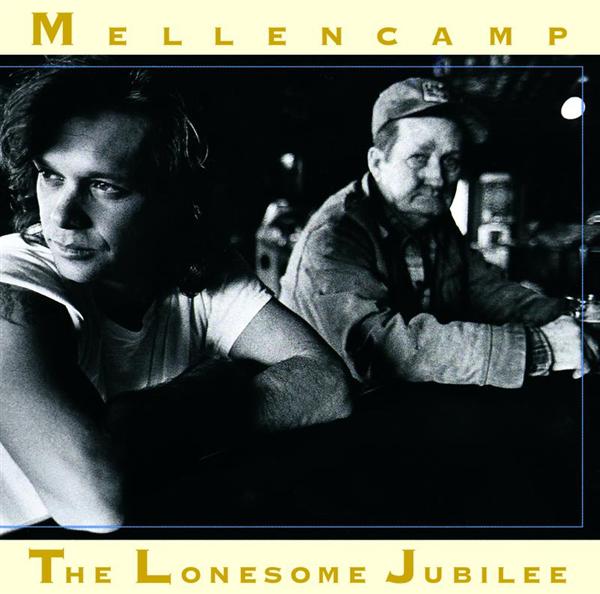
The Lonesome Jubilee (1987)

1. Paper in Fire
2. Down and Out it Paradise
3. Check it Out
4. The Real Life
5. Cherry Bomb
6. We are the People
7. Empty Hands
8. Hard Times for an Honest Man
9. Hotdogs and Hamburgers
10.Rooty Toot Toot
With The Lonesome Jubilee, released in 1987, John Mellencamp made the wise decision not to replicate the success of Scarecrow by force. That album had already cemented his place as the voice of working-class, small-town America, and any attempt to produce a direct sequel would have felt redundant. Instead, The Lonesome Jubilee takes the spirit of Scarecrow and pushes it somewhere new—musically, texturally, and thematically.
The “Cougar” alias is finally dropped from his name, signaling a further step away from the constructed persona of his early years. In its place, we get the most “American” of Mellencamp’s records to date—not just in subject matter, but in sound. Where much of the late ’80s were dominated by synthesizers and studio gloss, Mellencamp reached backward, drawing from a sonic palette that included fiddles, accordions, dulcimers, and banjos. The result is something that feels both timeless and rooted—a kind of modern folk-rock that never comes off as retro or self-conscious.
The album’s big radio singles—Paper in Fire, Cherry Bomb, and Check It Out—are more than just hits; they’re fully realized extensions of Mellencamp’s evolving worldview. Paper in Fire is all urgency and resentment, a furious anthem of frustration. Cherry Bomb is its wistful counterbalance, a look back at adolescence that manages to be both nostalgic and clear-eyed. Check It Out, perhaps the most poignant of the three, offers a mature meditation on family, aging, and purpose. These songs formed the heart of the record, but remarkably, the rest of the album holds up just as well.
Tracks like Hard Times for an Honest Man and Down and Out in Paradise highlight Mellencamp’s increasing willingness to use his platform for social commentary—something that had been simmering beneath the surface for years but was now fully visible. At times, the tone veers toward sermonizing, and Mellencamp’s bluntness occasionally tests the listener’s patience. But even at his most strident, there’s no mistaking the authenticity. These are the concerns of someone who isn’t just observing from a distance, but speaking from the inside.
Musically, The Lonesome Jubilee is one of Mellencamp’s most distinctive efforts. It feels handcrafted rather than manufactured, textured without being cluttered. The band, now fully in sync with Mellencamp’s vision, breathes life into every arrangement, finding new ways to marry rock with rustic instrumentation in a way that feels natural—not like a stylistic experiment, but a true evolution.
This wasn’t just a follow-up to Scarecrow. It was the next chapter. While The Lonesome Jubilee may mark the peak of Mellencamp’s mainstream popularity, it also established him as an artist not afraid to challenge himself—or his audience. His voice had become gruffer, his lyrics more pointed, and his worldview less romantic. But in that shift came some of the most compelling music of his career.
Go back to the main page
Go To Next Review